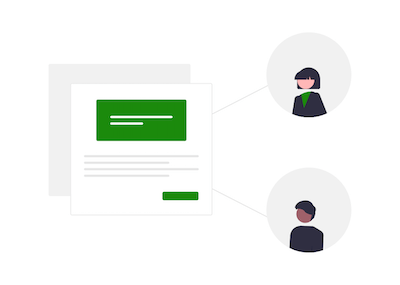The differences between IaaS, PaaS and SaaS

Cloud computing is a service that is becoming increasingly popular with consumers and businesses. Cloud computing means both storing and accessing data and programs over the Internet, rather than on your computer's hard drive. In this blog, we would like to further discuss the different levels of the cloud.
Are you familiar with the various facets of cloud computing?
The cloud consists of various layers. The collective term for this is XaaS. It stands for a number of things and is therefore referred to as "X as a Service". The most common examples of XaaS are Software as a Service (SaaS), Infrastructure as a Service (IaaS) and Platform as a Service (PaaS).
IaaS
The first layer of the cloud is IaaS. At this level, the end user has the freedom to set up and manage the associated hardware. To make this possible, it is important to have the right knowledge and sufficient experience. The IaaS is offered to the user by a hosting provider.
PaaS
The second level is PaaS. The provider offers a range of services in addition to IaaS. In the PaaS layer, the hardware and infrastructure is managed by the hosting provider, with the end user empowered to develop the software based on its own standards.
SaaS
SaaS is the last layer and the most widespread form of cloud. SaaS is seen as the application layer of cloud computing.
While the PaaS platform and IaaS serve as the base layers, SaaS is a fully developed service where the end user is not required to purchase or maintain the software.
However, the end user signs a contract with the hosting provider, typically paying a monthly fee and a per-user fee.
This SaaS infrastructure provider takes care of installation, maintenance, management and backup.

Interested?
The leitzcloud is the cloud for companies, start-ups and freelancers.
Share, edit and store documents directly in one place - the leitzcloud!
Get to know all functions
The software and hardware are not installed on the customer's devices, but in a data center of the SaaS hosting provider. The end user always has access to the software via an Internet connection or a private network and thus gains access to the files.
The benefits of the SaaS model include:
- Easier administration
- No maintenance
- Global accessibility
- All users have the same version of the software
- Easier collaboration
SaaS examples:
- Gmail
- Hosted Kerio Connect
- Office 365
- Dropbox
- leitzcloud
SaaS - leitzcloud
Are you still looking for a cloud solution, that allows you to access your files from anywhere and work on specific files with your colleagues at the same time? Find out more about leitzcloud here and experience for yourself how easy, flexible and secure it is to work in a protected cloud environment.
